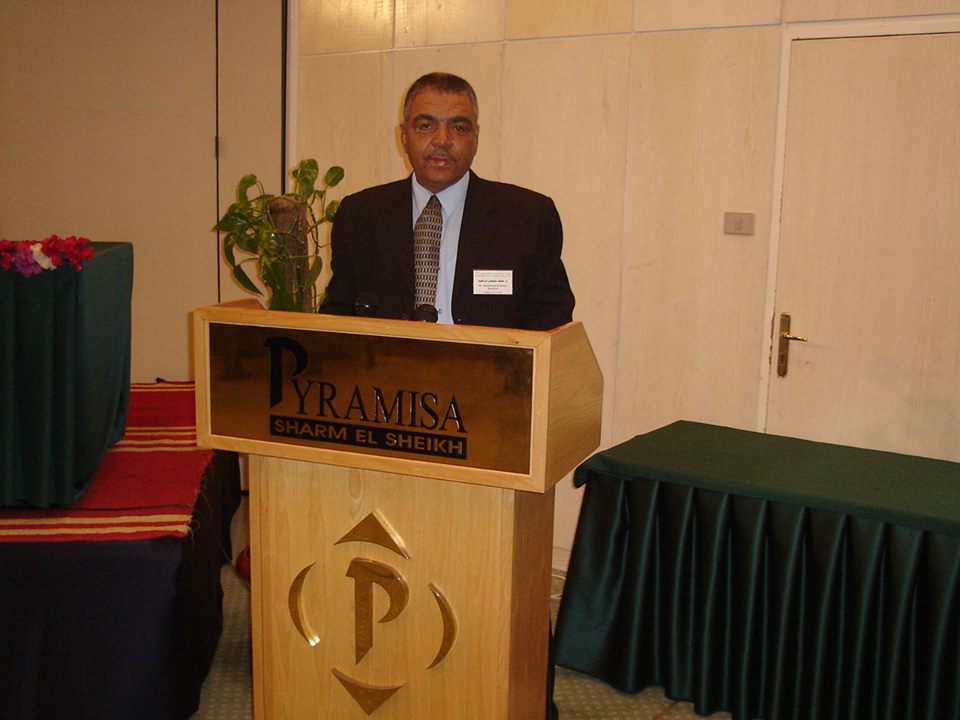The aim of this study was to investigate the effects of sewage sludge application at 10 and 20 m3 fed-1 on microelement contents of a sandy soil and their contents in the cotton seeds grown on this soils and so to evaluate the environmental risks of sewage sludge application on heavy metal accumulation in soil and plant.
Addition of gypsum, cement dust and lime to sludge increased the sludge pH. Treating the raw sludge with gypsum tended to decrease the EC of the sludge, whereas both the cement dust and the lime caused increases in the EC of the sludge. Total N decreased with treating sewage sludge with various amendments. Total organic matter was enriched in the topsoil of amended plots. It rose in all amended plots from 1.4 g kg-1 before amendment to 3.5 g kg-1 after 6 months from the amendment. The results showed that application of sewage sludge at 10 m3 fed-1 increased the soil OM by 0.22 % after 2 months. But the higher application level (20m3) did not lead to a greater increase in the long run. Application of treated sludge to sandy soil had a significant increase of DTPA-extractable micronutrients compared with control soil and untreated sludge, the status of the micronutrients in the studied soil along with the investigated treatments showed that the DTPA-extractable micronutrients remained close to the safe limits. Sewage sludge treated with the investigated materials has a beneficial effects on reducing certain heavy metal concentrations of the studied soil. However, the concentration of Ni, Pb, Cd and Cr were generally lower than their limits reported by CEC (1981)
The results also showed that a significant reduction of micronutrient concentrations in kernal and husk parts of cotton seeds were observed with the most of the investigated sludge treatments compared with the air dried sludge. Moreover, these concentrations remain close to the permissible levels of these elements in plant tissues.

